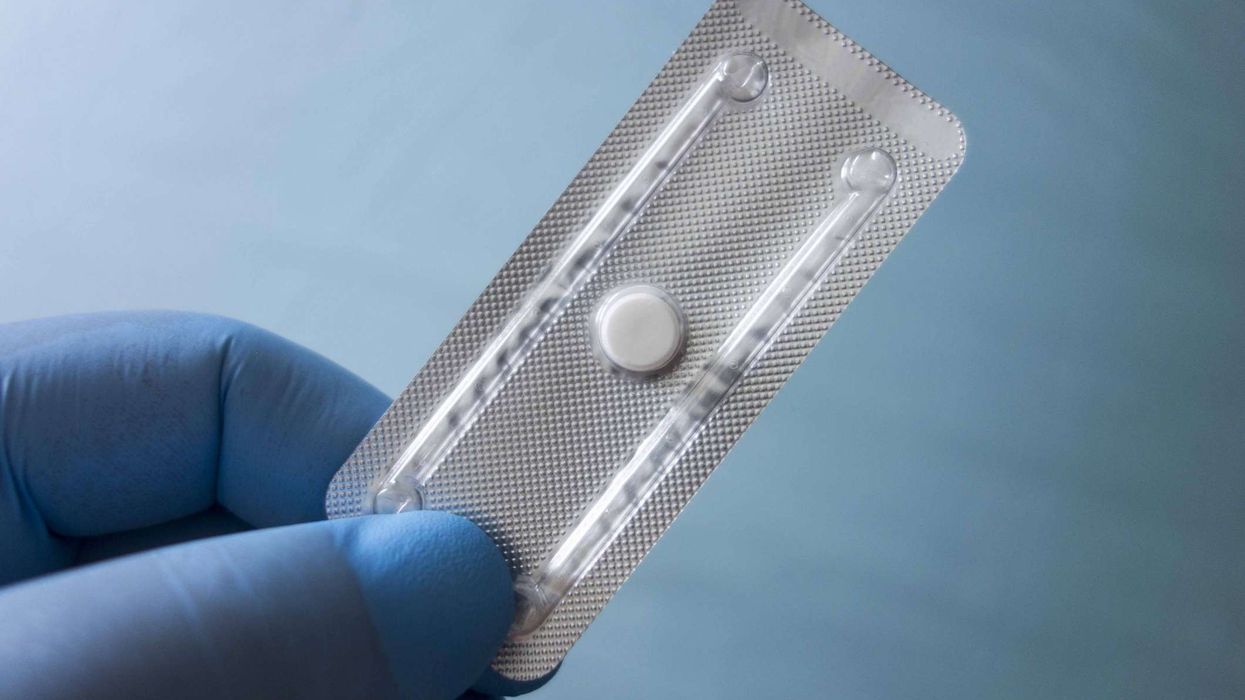By Max Wiseberg
Hay fever is the most common allergy. It’s experienced as a result of the immune system’s overreaction to pollen. This stimulates mast cells, which break releasing mediators, including histamines, causing hay fever symptoms.
About 15-20 per cent of people in the UK suffer from hay fever. It’s more common in younger age groups – up to 40 per cent of people aged between 15 and 25 are hay fever sufferers.
There has been a definite increase in the number of moderate to severe hay fever sufferers, with them experiencing more frequent and longer seasons.
Symptoms
Common symptoms include sneezing, a runny nose, itchy and watery eyes, nasal congestion and a general stuffed-up feeling in the nose and throat.
Some experience itching around the face and mouth, with an itchy palette and a burning sensation in the throat.
Headaches and wheezing can also occur, as well as an overall achy feeling or build-up of pressure, in the facial area.
The sinus area can become painful and constant nose blowing can leave sufferers with skin irritation. This can lead to tiredness and affect sleep, which in turn reduces energy.
Causes calendar
My calendar explains the causes of hay fever at specific times of the year linked to product suggestions.
January – Alder and hazel pollen
What to stock: Use stock from last summer.
February – Start of the peak of alder and hazel tree pollen, as well as start of elm and willow pollen.
What to stock: Again use stock from last summer.
March – Start of early-season hay fever and of birch pollen. Also, alder, hazel, elm and willow tree pollen are around. Start of ash, oak and oil seed rape pollen and peak of elm and willow season.
What to stock: Organic allergen barrier balms used to stop allergens from entering the body through the nose and nonsedating antihistamines such as diphenhydramine. Black seed oil includes bioactive ingredients and antioxidative components, providing allergy relief.
April - Alder, hazel, elm, willow, birch, ash, oak, oil seed rape tree pollen. Peak of birch and ash pollen season.
What to stock: Antihistamines, nasal sprays, eye drops, immune-boosting supplements and quercetin complex tablets. Quercetin is a powerful antioxidant believed to inhibit the release of histamines, and bromelain helps the body absorb quercetin.
May – Start of main grass and weed pollen seasons, with willow, birch, ash, oak and oil seed rape also present. Peak season for oak and oil seed rape.
What to stock: Everything. Also, acupressure bands can be used even when symptoms start.
June - Peak of grass pollen season, with birch, ash, oak, oil seed rape, grass and weed pollen.
What to stock: Everything again.
July – Peak of grass and weed pollens
What to stock: Bear in mind that the season ends this month so don’t re-stock much. Antihistamines and organic allergen barrier balms.
August – End of grass and weed pollen season
What to stock: N/A as the hay fever season ends.
September – Peak of fungal spores
What to stock: Drug-free organic allergen barrier balms as they also help block out airborne allergens such as fungal spores.
October – End of fungal spores peak.
What to stock: N/a
November – Indoor allergies are prevalent because of more time spent indoors, e.g. dust, mold and pet.
What to stock: A neti pot, a container designed to rinse debris or mucus from the nasal cavity, organic allergen barrier balms proven to block dust and pet allergens, as well as pollen allergens.
December – Same as November, but also including Christmas Tree Syndrome
What to stock: Cayenne pepper and ginger products as spicy curries can help clear congestion during December, and organic allergen barrier balms.
Forms of treatment
- Organic drug-free allergen barrier balms applied to the rim of the nostrils and bones of the eyes limit pollen entering the body where it may cause a reaction. As they are drug-free, they are suitable for pregnant and breastfeeding women, children and anyone who is looking for a drug-free product – including those who already take lots of medication. They can also be sold alongside any other allergy product, often improving results for the client and increasing sales for the pharmacy, a win-win.
Several different groups of medicine have been developed for treating allergies. The common ones are:
- Antihistamine tablets and capsules – can relieve most hay fever symptoms but less effective for nasal congestion.
- Antihistamine nasal sprays – can quickly ease itching, sneezing and watering but generally only proof against mild symptoms.
- Steroid nasal sprays and drops – reduce inflammation in the nose; work best for clearing nasal symptoms – itching, sneezing, watering and congestion – and sprays sometimes clear eye symptoms too.
- Eye drops – may reduce itchy, watering and swollen eyes.
Customers can take an antihistamine, a steroid and a natural product such as an organic allergen barrier balm in combination to help combat the symptoms of their allergy. And there are many different brands of each type of hay fever medicine, so if one active ingredient doesn’t work, suggest that they try a different one; they may well find, for example, that loratadine works better than cetirizine.
Antihistamines for hay fever are usually in tablet form and work best if taken four to six weeks before the season starts.
Side Effects
In general, any side effects from conventional hay fever medication are minor. However, side effects have been reported that include allergic reactions, drowsiness, dizziness, dry mouth, nausea and vomiting, restlessness or moodiness.
Although second and third-generation antihistamines are now formulated to be nondrowsy, they can still cause drowsiness and, if they do, they must not be used while driving or operating machinery and are likely to have an impact on exam results.
It is always a good idea for pharmacists to ask customers to check with you before mixing and matching medicines, or taking alongside other treatments.
Max Wiseberg is an airborne allergens expert and creator of the HayMax allergen barrier balm
This article also appears in the March issue of Pharmacy Business.











